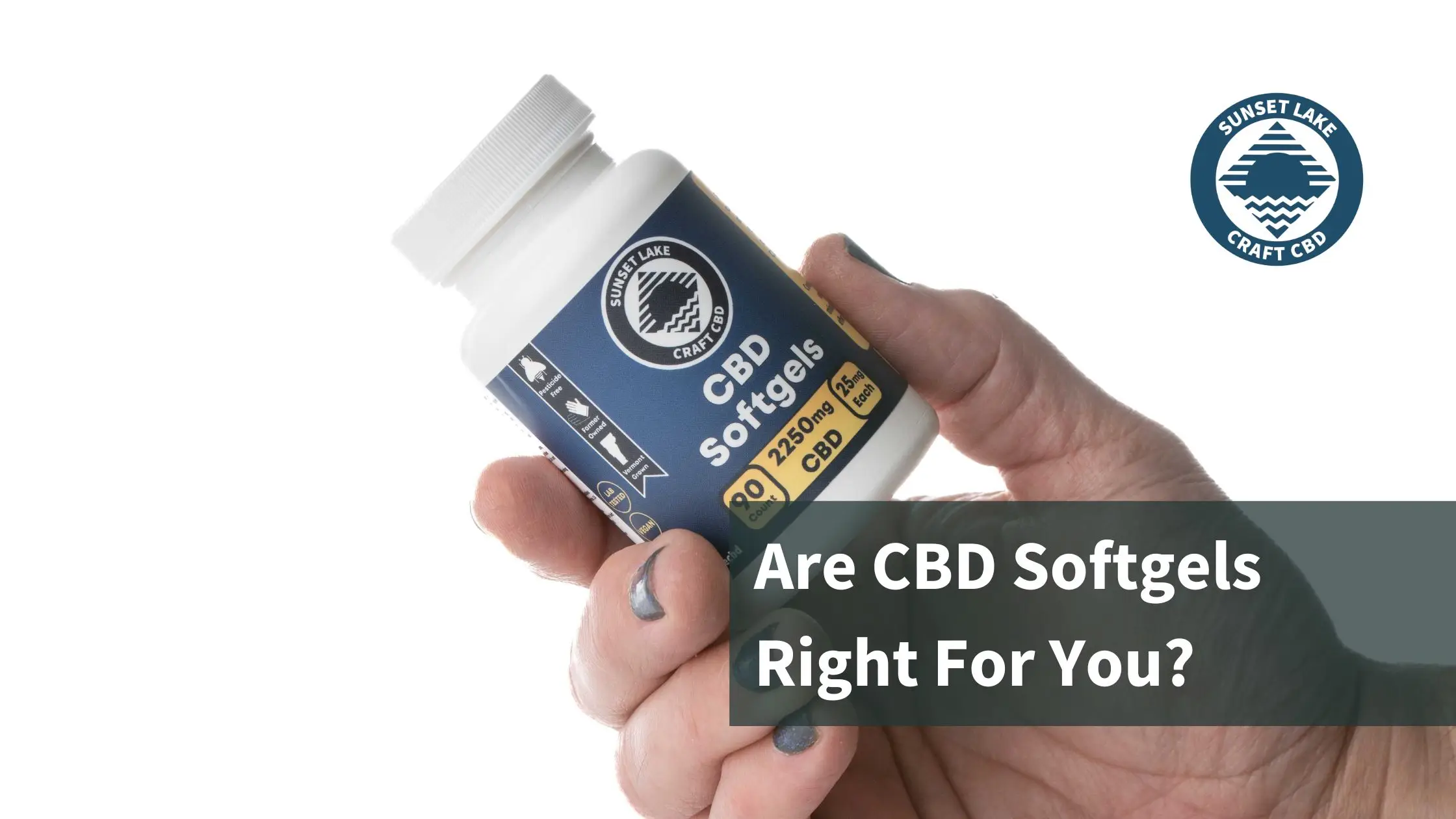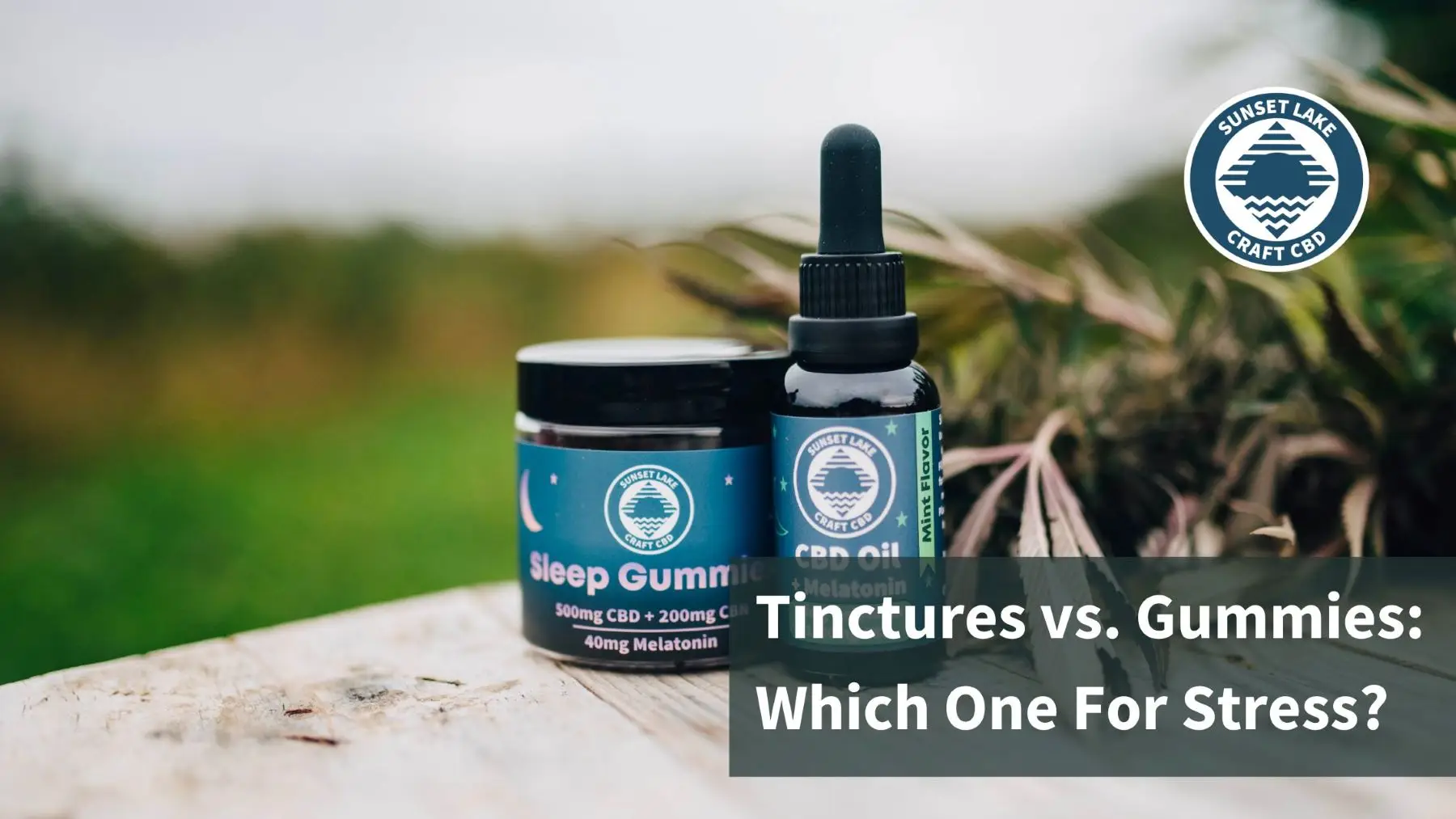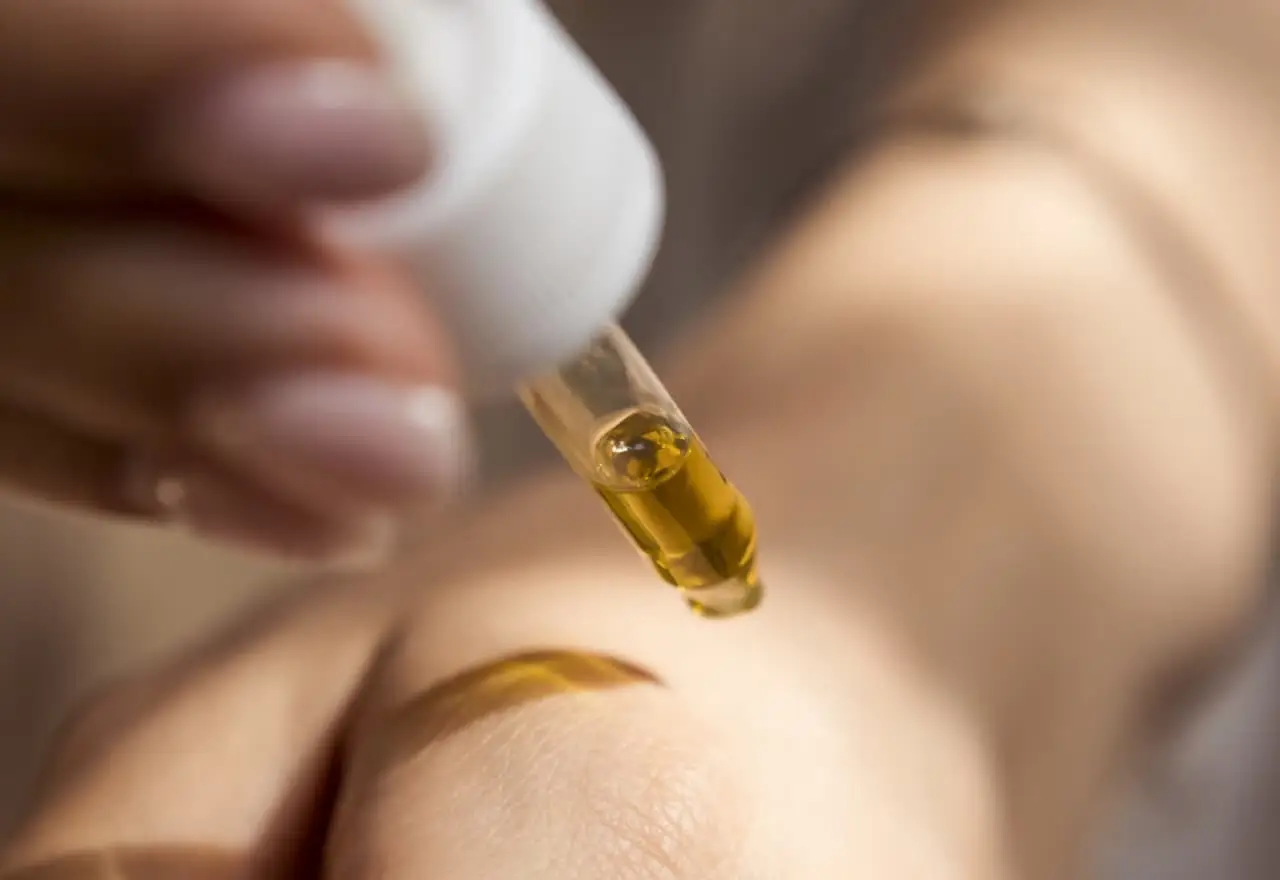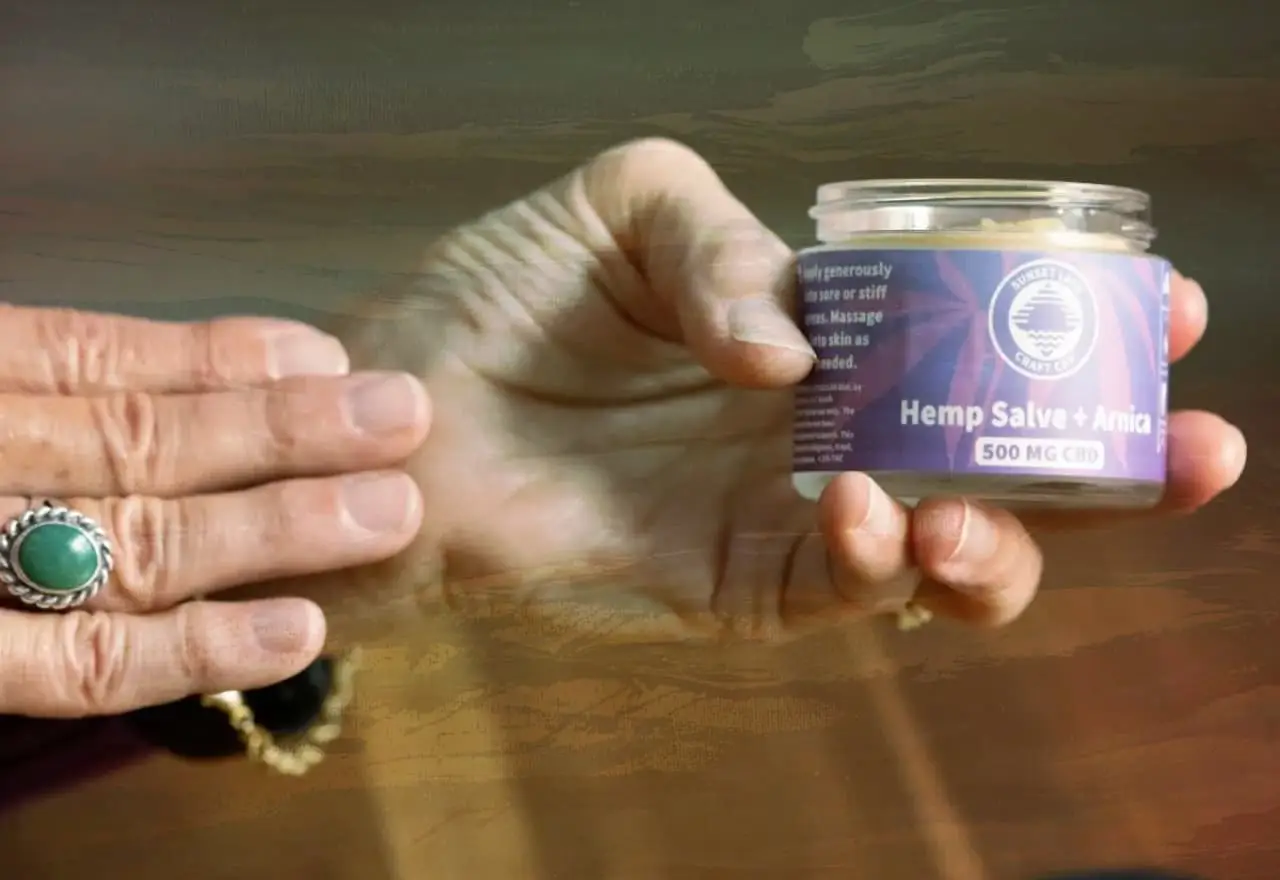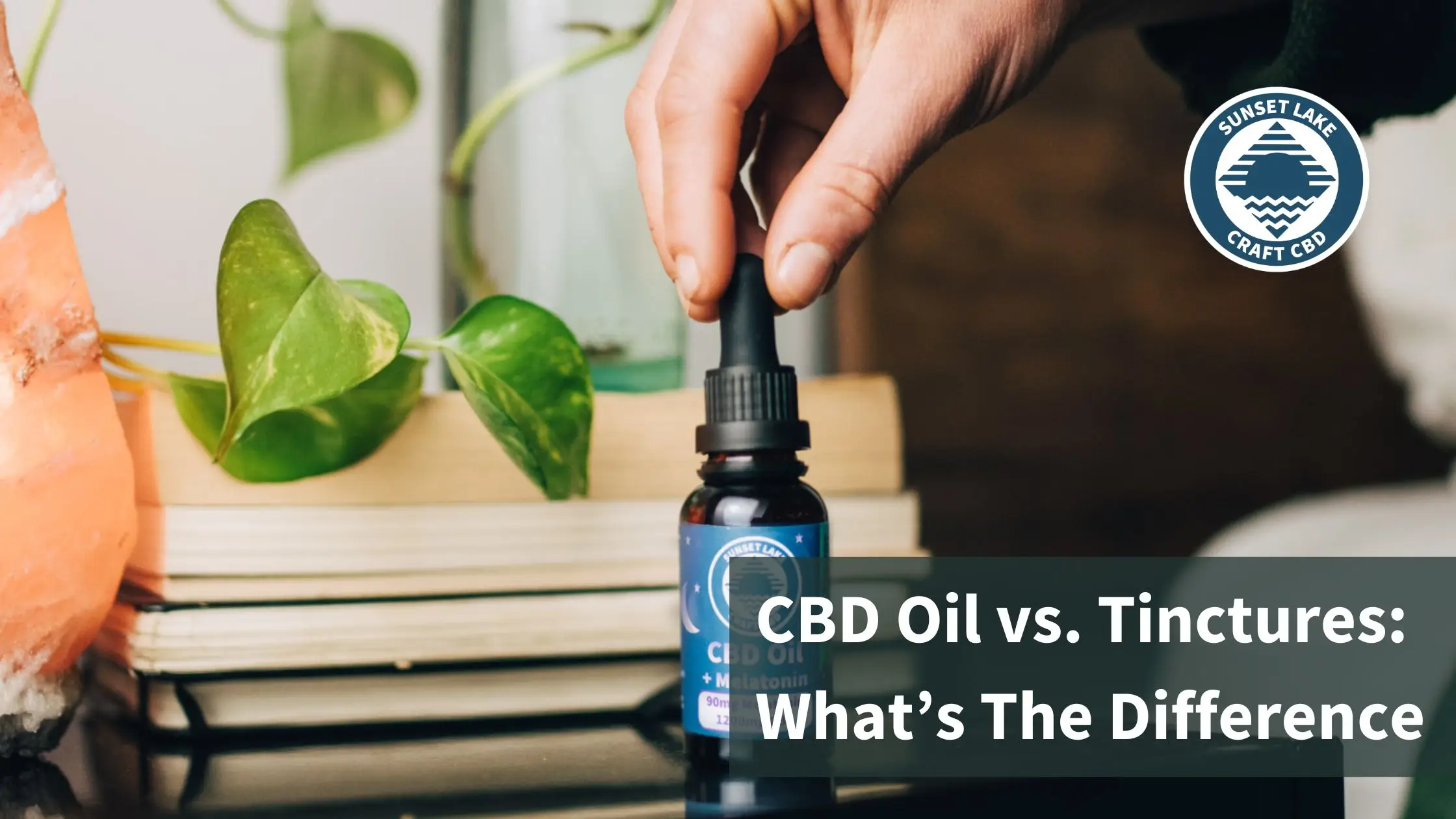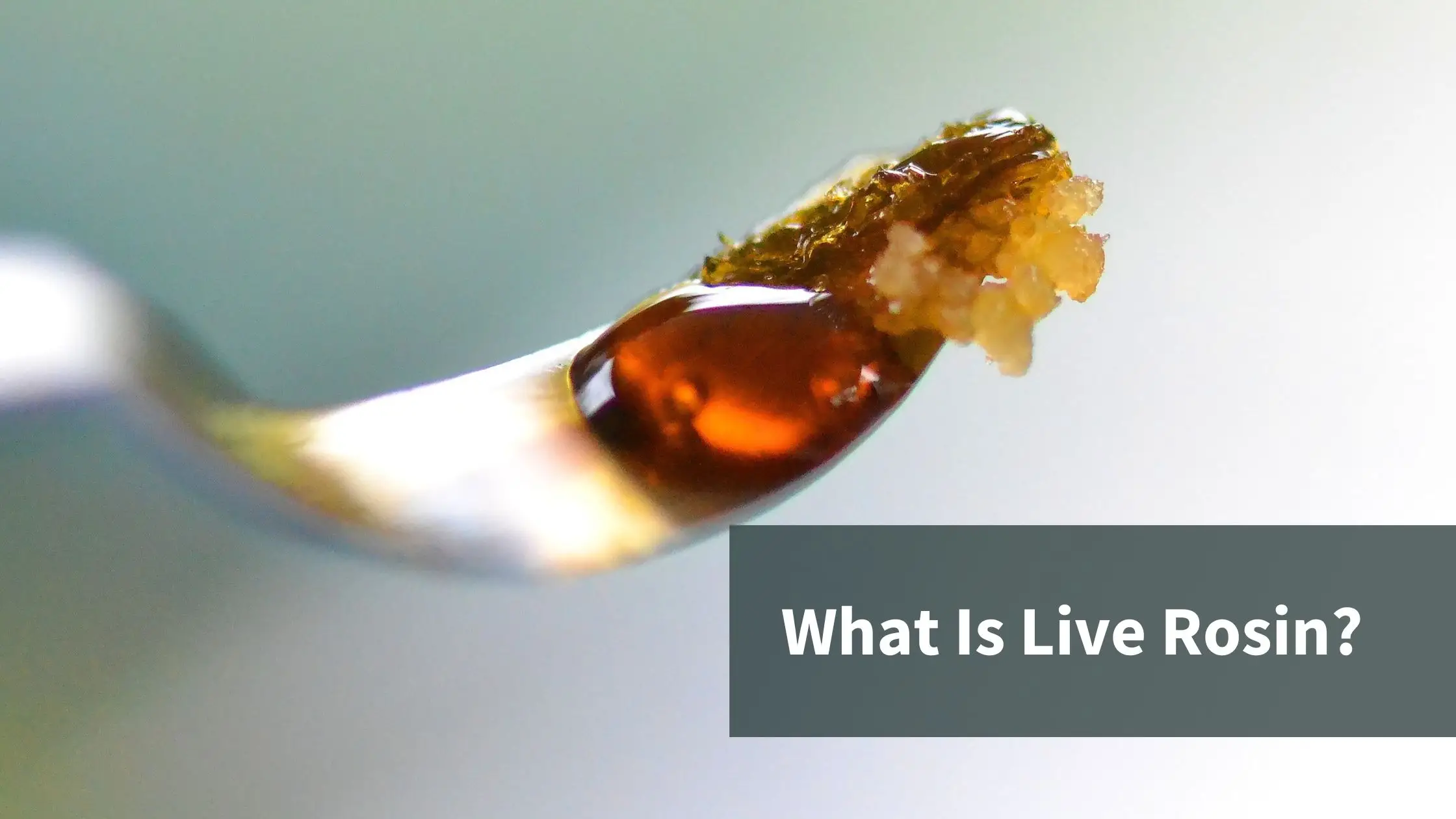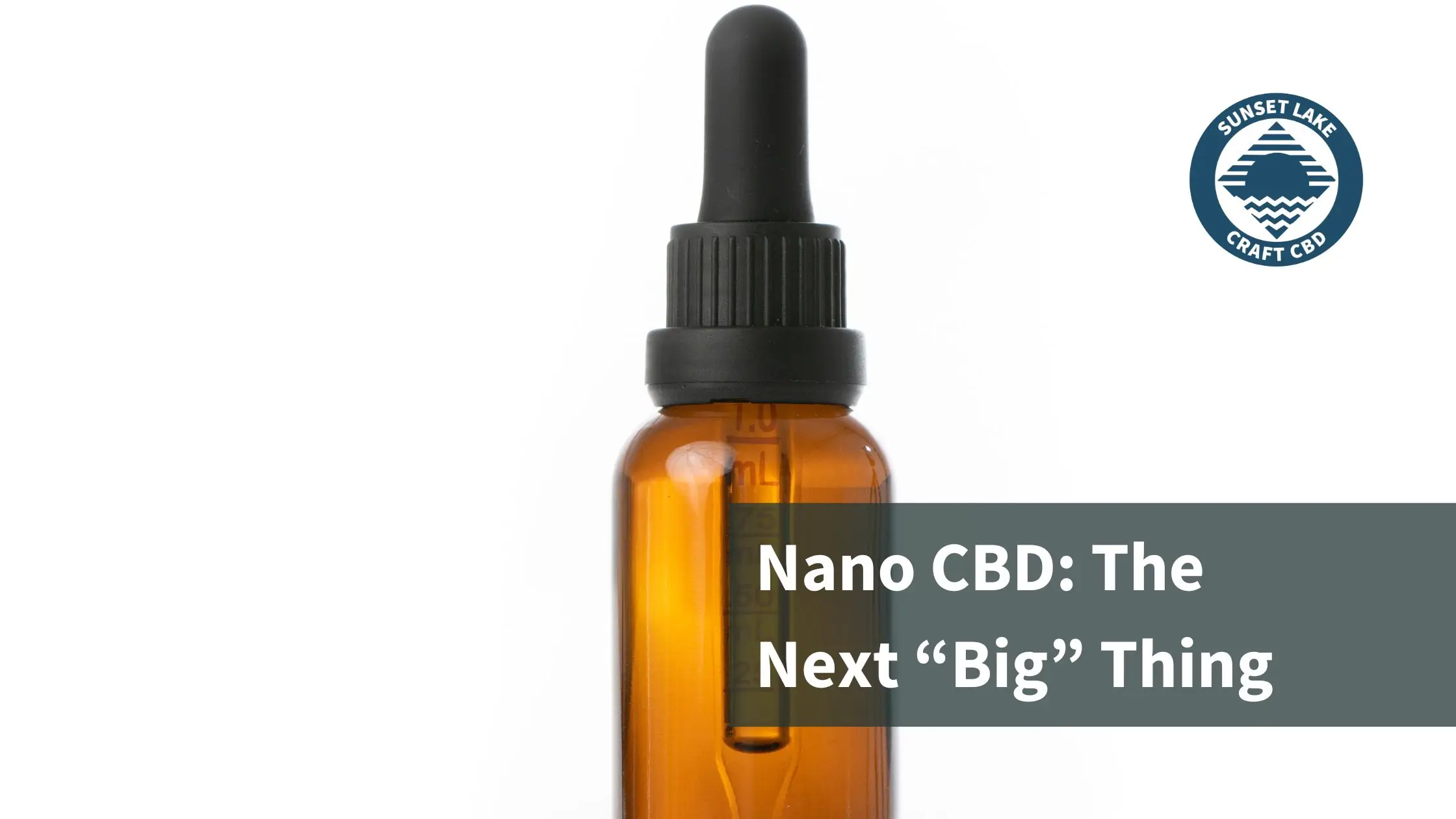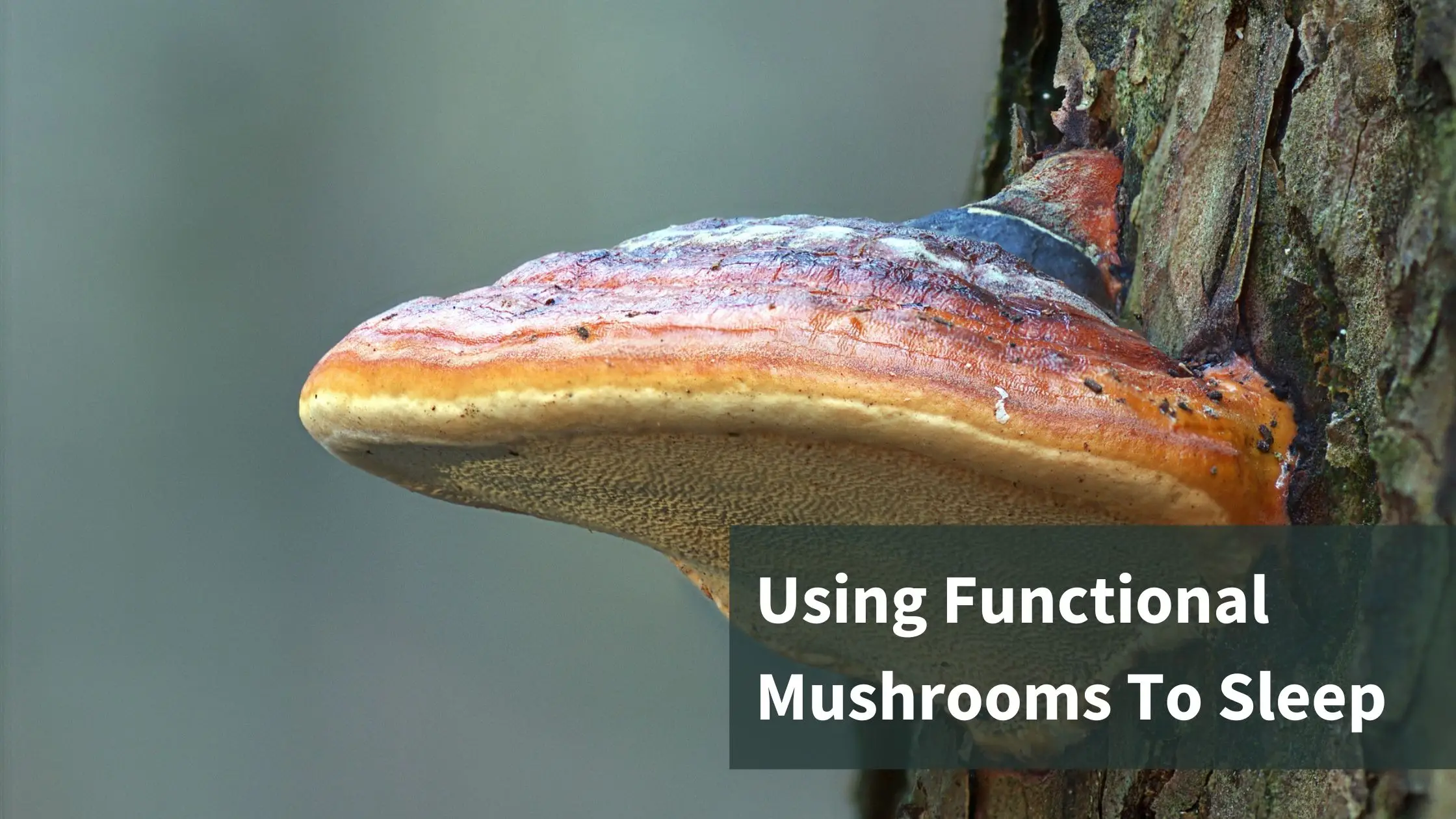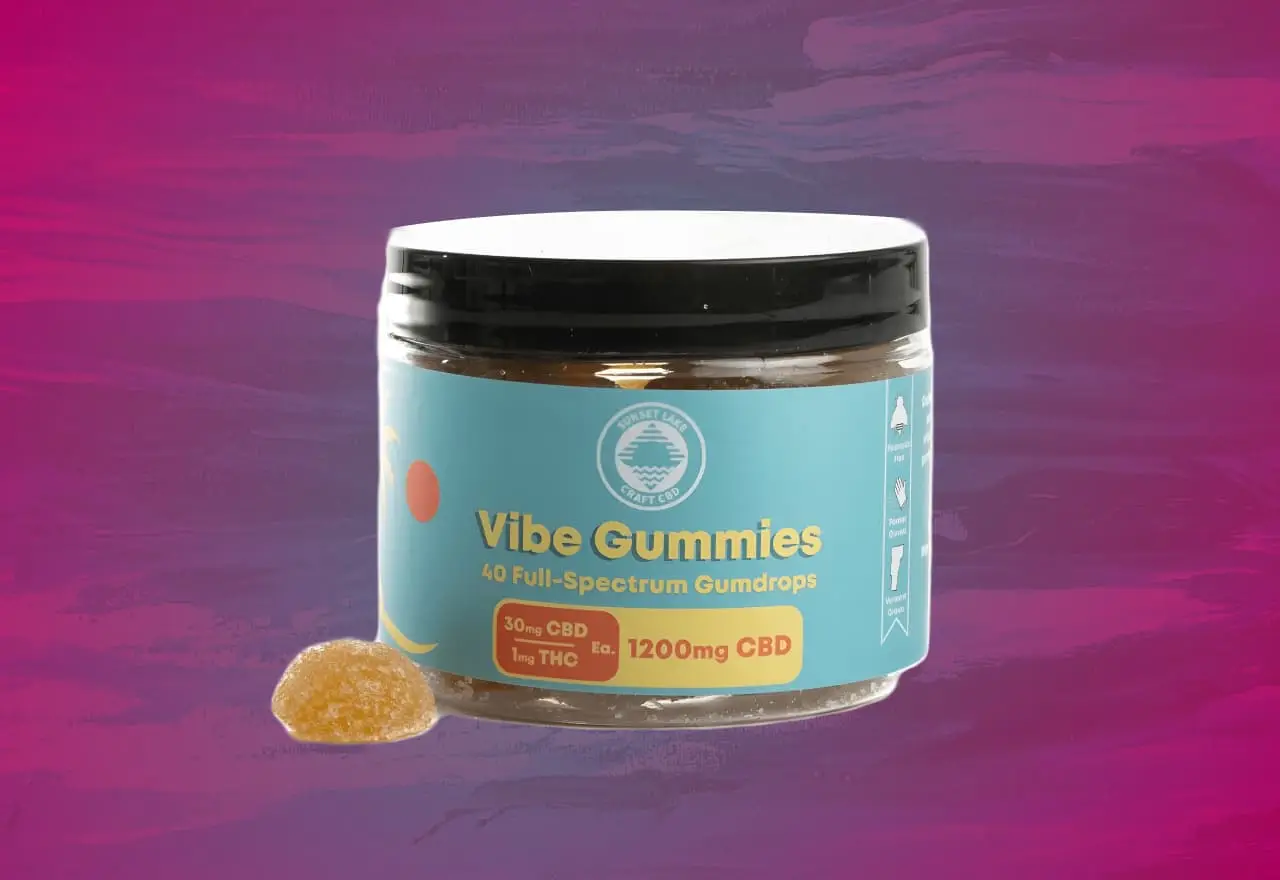
Love and intimacy are essential parts of a fulfilling life. But in today’s fast-paced world, stress and anxiety can often cast a shadow over our relationships. While CBD gummies haven’t been scientifically proven to directly enhance your love life, they can be a powerful tool for cultivating a calmer, more relaxed state of mind – a state that can be incredibly beneficial for fostering connection.
Cannabidiol, or CBD, is a naturally occurring compound found in the hemp plant. Unlike its cousin THC, CBD is non-psychoactive, meaning it won’t get you “high.” In recent years, CBD has gained significant popularity due to growing research on its potential benefits, including stress reduction and mood improvement.
The magic lies in how CBD interacts with the body’s endocannabinoid system, a network of receptors that plays a crucial role in regulating mood, sleep, and our response to stress. By gently influencing this system, CBD may help to ease tension and promote feelings of calm, creating a more conducive environment for intimacy.
Here’s where the real magic happens. Imagine yourself feeling relaxed and present, free from the worries of the day. This sense of calm can significantly enhance your ability to connect with your partner on a deeper level. It allows you to be fully present, fostering open communication and creating space for emotional vulnerability – all key ingredients for a fulfilling love life.
A Timeless Quest for Love Enhancers
The human desire to enhance intimacy and love isn’t new. Throughout history, various cultures have explored natural remedies and aphrodisiacs believed to heighten desire and pleasure. The Egyptians used saffron and figs, while the Romans swore by oysters and wine. In ancient China, ginseng was a popular choice, and some Indian cultures incorporated Ashwagandha for its potential aphrodisiac qualities.
It’s important to note that the effectiveness of these historical “love enhancers” is often anecdotal or based on traditional beliefs, not scientific evidence. Many of these remedies haven’t undergone rigorous testing, and their safety and efficacy can be questionable.
The Modern Approach to Love and Connection
While scientific studies on the direct link between CBD and love life enhancement are still ongoing, many people have found that incorporating CBD gummies into their routine has had a positive impact on their relationships. Take our client A., his wife takes Vibes every day. She enjoys CBD gummies with turmeric and tart cherry, which help with anxiety and inflammation. She can take half or a full gummy while she works, but if she takes two gummies, it’s party time! They appreciate the excellent customer service from our Sunset Lake crew and our top-notch product, which is superior to other CBD companies they’ve tried. We are thrilled that they enjoy it so much, and are proud to serve!
The Modern Approach to Love and Connection
Fast forward to today, and the focus has shifted from quick fixes to cultivating a foundation for healthy intimacy. While CBD gummies may not be a magic bullet for a thriving love life, they can be a valuable tool in your stress-reduction toolbox.
Here at Sunset Lake CBD, we offer Chill Gummies, a delicious and convenient way to experience the potential benefits of CBD for relaxation. Our mango-flavored Vibe Gummies are crafted with farm-to-table Vermont-grown hemp and contain a precise 1mg of THC and 30mg of CBD per gummy. This specific ratio allows you to experience the calming properties of CBD alongside the subtle mood-lifting effects of a minimal amount of THC.
Finding Your Vibe with Chill Gummies
Sunset Lake Chill Gummies are available for purchase in 20-count and 40-count jars, making it easy to find the right amount for your needs. We also offer bundle options for a more cost-effective choice. These delightful gummies are gluten-free, vegan, and legal to purchase in all 50 states!
Because Chill Gummies contain a small amount of THC, they are not recommended for anyone who is subject to workplace drug screenings. It’s also important to remember that these are full-spectrum edibles, meaning they take time to take effect, typically between 30 minutes and 2 hours. To avoid unwanted side effects, we recommend starting with just one gummy and waiting for the full effects to kick in before considering another.
For the best experience, enjoy your Chill Gummy after you’re safely at home and don’t have to operate machinery or drive. The effects of these full-spectrum edibles can last up to eight hours, so plan accordingly.
Creating a Space for Connection and Intimacy
Remember, a thriving love life isn’t built on a single product. CBD gummies can be a valuable tool for creating a calmer, more relaxed space for connection, but true intimacy flourishes through open communication, shared experiences, and a genuine desire to connect with your partner.
Ready to explore the potential benefits of CBD gummies for a more stress-free, joyful experience? Explore Sunset Lake CBD’s range of Chill Gummies and discover how a little relaxation can go a long way in cultivating a more fulfilling love life.

